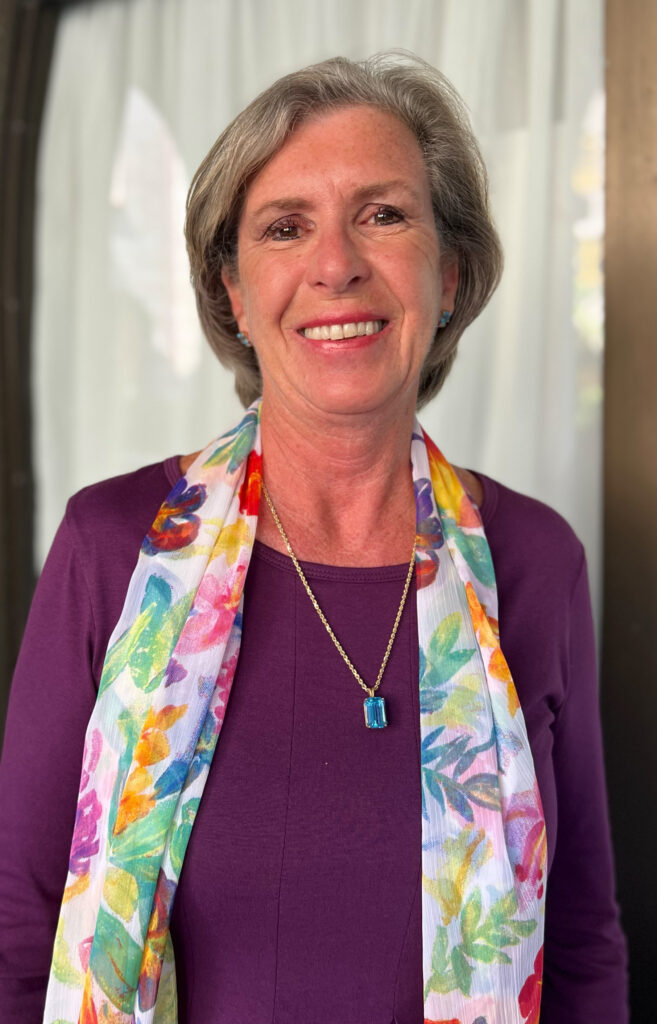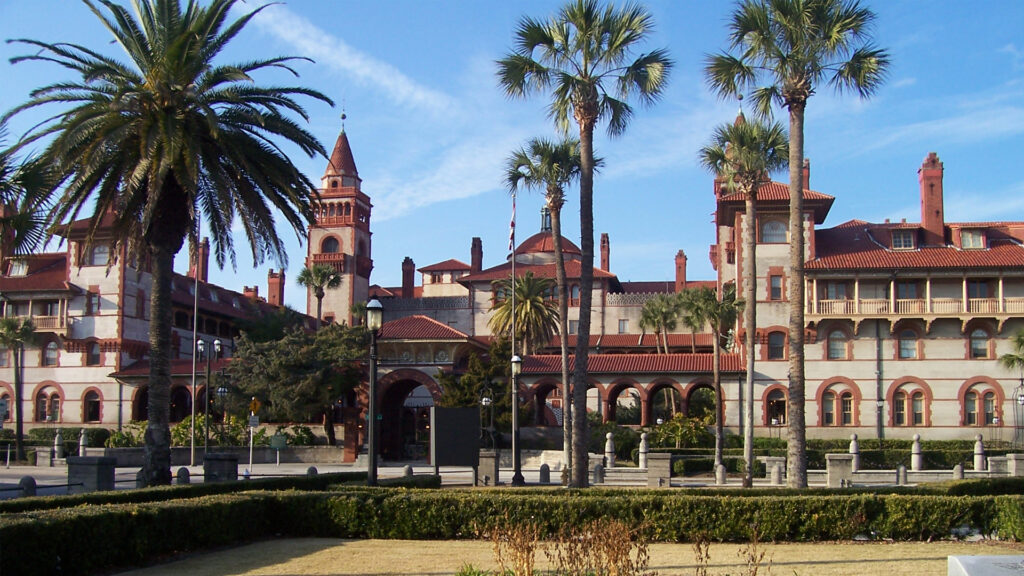By Kim Casey, FAU School of Communication and Multimedia Studies
The following is a Q&A conducted with Leslee F. Keys, retired assistant professor and director of historic preservation at Flagler College in St. Augustine. Keys is trustee emerita for the Florida Trust for Historic Preservation and research associate for the Historic St. Augustine Research Institute. This interview has been edited for length and clarity.

You have had an extensive career in historic preservation throughout states like Florida, Kentucky, Ohio and Virginia. What influenced you to dedicate a career to the preservation of historic sites?
I realized, honestly, pretty quickly in college that the most effective way to translate history and make it fun and engaging is through places. When I was in Ohio, it was a few years after the Xenia tornado. It wiped out half of the …downtown and the other half, with the incredible historic houses, was still standing so it was my first experience with that much devastation.
Then I went to Jacksonville. We … had a hurricane, Hurricane Elena, so that was my first hurricane to go through. But I think the greatest impact was I, literally in the middle of a blizzard, got a phone call from the state preservation officer in Tallahassee and he said, “Do you still want to come back to Florida? We need somebody to go to the Florida Keys and do hurricane recovery.” So that is exactly what I did for the next four years was help put the Florida Keys back together.
Your work focuses primarily on site preservation and your recent efforts have centered around how these sites are affected by climate change. In your opinion, have the effects of climate change worsened over the years in Florida and, if so, how has this made your job more challenging?
Well, in Florida … we have gone from being able to say climate change to not being able to say climate change … but, what we figured out about almost a decade ago is, we could talk about sea-level rise…because everyone can see that. The Keeping History Above Water conference was kind of a huge wake-up. … I think that … brought parts of Florida into really focusing. I do think the fact that you are getting billion-dollar disasters … was a huge wake-up call …
But the biggest problem is that most people … do not realize that historic buildings tend to be built better. … They are kind of automatically resilient. We are getting subsidence and sea-level rise at a higher rate along the East Coast from North Carolina down than should be warranted based on the weather disasters. … It is a phenomenon that (scientists) have not quite figured out.
At Flagler College, you were the director of historic preservation and special initiatives, where you focused on preserving the former Hotel Ponce de Leon in St. Augustine. How has climate change affected this building and what steps have you taken to ensure its protection?

That building has gone through a lot of hurricanes. Henry Flagler had come down from New York in the summer of 1886 in August, not the highest part of hurricane season, but there were three hurricanes, so he had the towers… reinforced with (Florida East Coast) railroad tracks. Then you get Hurricane Donna and Dora and so … it is not that this is so much of a recent phenomenon, although it is becoming more frequent, but we have more people, we do not build as well as we used to.
The biggest problem with some of the hurricanes… is flooding the basement. It is …where the electrical panel is, fire suppression system is and the service elevator goes all the way to the basement, so we had…to do some protective measures there. I suggested that they build door dams…it keeps the water out, it does the job. Basically, you are stopping all that volume of water from going through.
We also got a grant after Hurricane Floyd hit in 1999 … the Ponce is a National Historic Landmark so it is the highest level of building that can be recognized by the United States. So, we got to put hurricane glass in the windows … that has been part of the resilience, you do not have to worry about the glass being blown in.
What has been the most challenging preservation project that you have worked on to date and why?
It might have to be, honestly, the project that we did to get ready for the king and queen (of Spain). It was not so much that the work was difficult, but the timing was a challenge, a lot of times you will have a couple years to do this stuff. Basically, the scaffolding went up in January of 2015 and they were coming in September. That was just more, like, logistics because St. Augustine is little. You have some big construction companies, but … you cannot pull everybody off everything else so … it was a little juggling routine.
In 2016, we had Hurricane Matthew and in fall 2017, we had Hurricane Irma. Memorial Presbyterian Church…got damaged. So, I helped them. That was interesting because … it has unique materials. It has stain glass windows, a terracotta roof and it is on a prominent corner, so you have to figure out how to stage that.
What different climate-change challenges have you experienced in Florida as compared to what you have experienced in the other states in which you have done preservation work?
Well, hurricane season is six months. It starts in June, and it ends Nov. 30. I am pretty sure that if you talk to scientists, they might tell you that based on recent events, we might need to consider a little earlier and possibly a little later.
We also have been incredibly fortunate in Florida compared to the rest of the United States the last couple of years in that we have not had the horrific heat. We are used to having air conditioning and northern cities are not. But, we have so much more humidity …
What has been the most rewarding part and the most challenging part of your career?
Saving buildings. I have taught historic preservation … for a long time. After Hurricane Matthew, my counterpart at (the University of Florida) got his graduate students and I got my undergrads, and we did part of the on-site house-to-house information gathering … for (the Federal Emergency Management Agency) declaration so that those people could get funds. It was really great to take what the students learned as theory in the classroom and (see them go), “Oh yeah, this is really it.” That was kind of a cool, small story.
The other thing that I learned pretty quick getting into this field is it is never the same two days in a row. The great thing about historic properties is it crosses political, economic and demographic lines, there is going to be something old that somebody likes. So, I think making an impact … it is just a great career. …
How can people learn more about the effects of climate change on these historic sites and what can they do to assist in preservation efforts?
I would say get engaged in… regional councils, in their communities, with the municipalities, find out who their resilience officers are. I think that is a big piece of it.
This Q&A was conducted by Kim Casey, a sophomore majoring in multimedia journalism at Florida Atlantic University.
Sign up for The Invading Sea newsletter by visiting here. If you are interested in submitting an opinion piece to The Invading Sea, email Editor Nathan Crabbe at ncrabbe@fau.edu.



